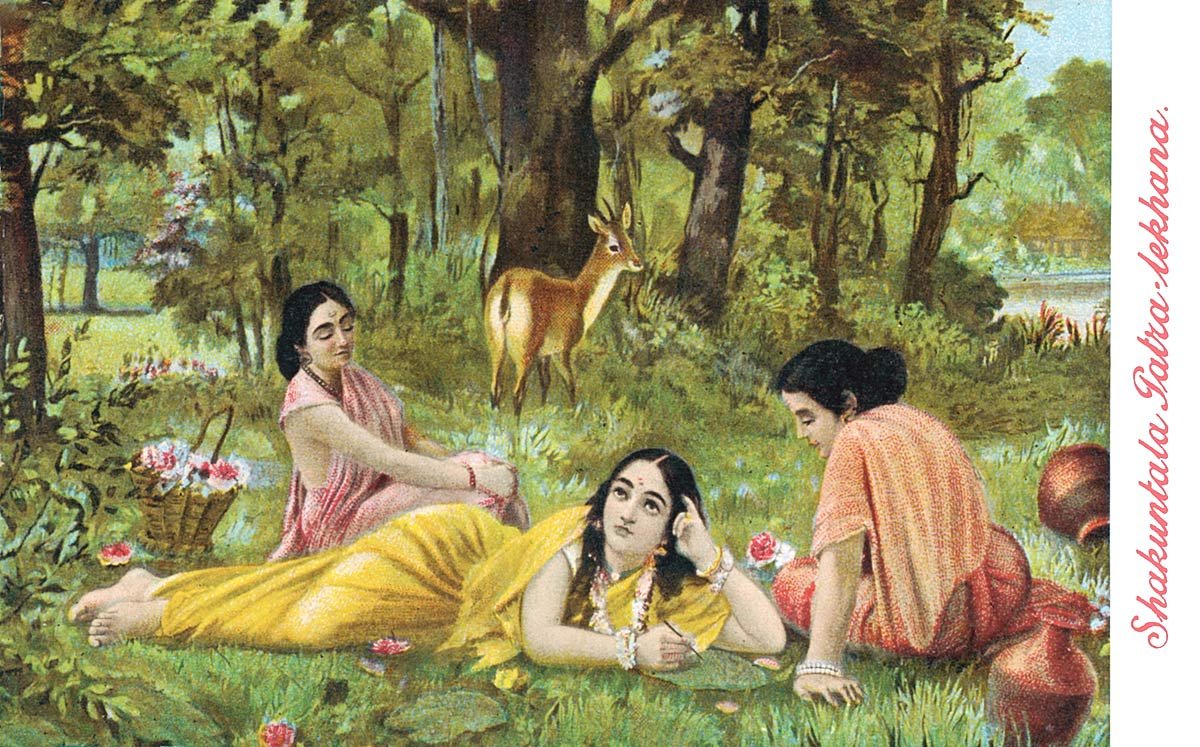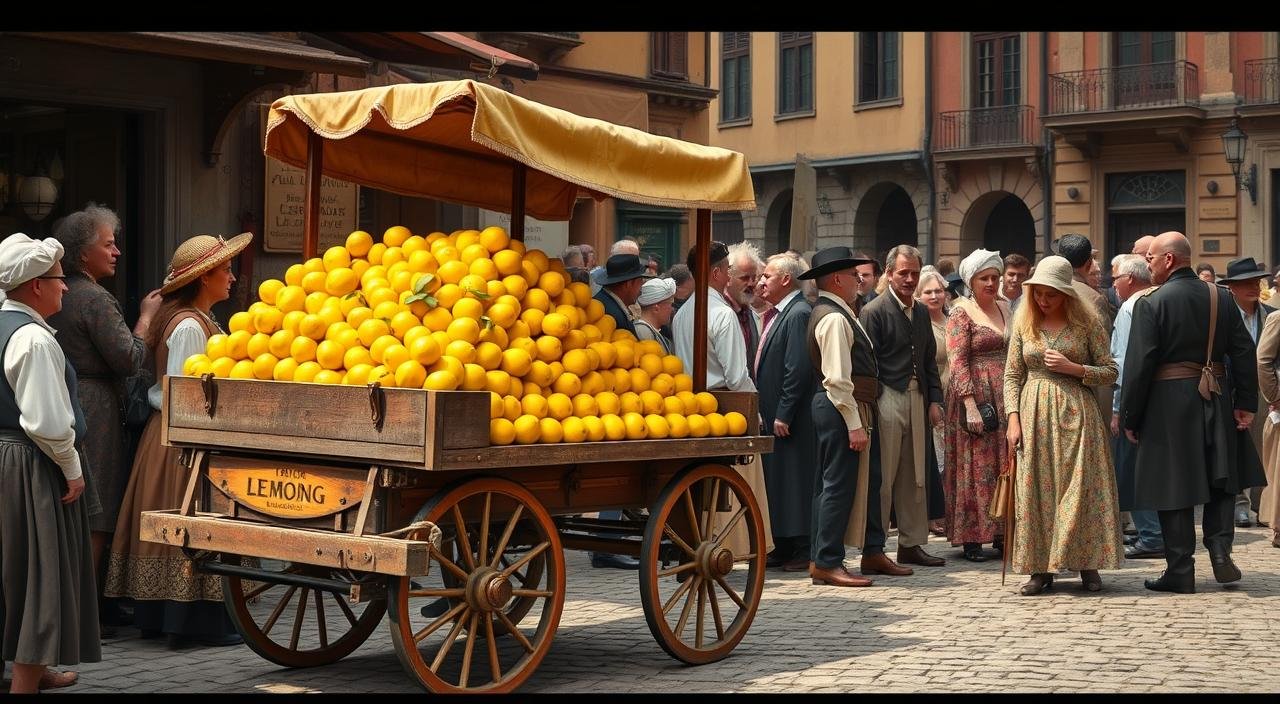Introduction
The phrase “shakuntala painting” evokes a long tradition of visual storytelling in South Asian art. Shakuntala the gentle, tragic heroine of Kalidasa’s classical Sanskrit play Abhijnanasakuntalam and a figure in Hindu epic narratives has inspired painters, printmakers, and illustrators for well over a century. Paintings of Shakuntala often blend literary romance, religious symbolism, and varied aesthetic influences, making them a rich subject for collectors, students of art history, and casual admirers alike.
Who is Shakuntala? (Why artists paint her)
Shakuntala is the daughter of the sage Vishwamitra (in some versions) or of the sage Kanva’s hermitage, and she falls in love with King Dushyanta. Kalidasa’s dramatization focuses on love, separation, the loss of memory (the king forgets her because of a curse), and eventual reunion. These emotional beats longing, innocence, separation, and reunion are visually compelling. Artists use Shakuntala as a subject to explore human emotion, the beauty of nature, devotion, and moral ideals.
Common Themes and Motifs in Shakuntala Paintings
- Romantic yearning: Scenes of Shakuntala waiting, dreaming, or longing for Dushyanta are frequent.
- Nature and hermitage life: Artists often place her in a sylvan setting groves, rivers, hermitages to emphasize purity and simplicity.
- Recognition and reunion: Visual moments of recognition (like the reunion scene) are powerful narrative climaxes.
- Symbolic objects: Flowers, blossoms, bracelets, and letters or tokens represent love and memory.
- Emotional expression: Subtle facial expressions, hand gestures, and posture do much of the storytelling in classical depictions.
Styles and Periods
Shakuntala paintings appear across a wide stylistic spectrum:
- Academic/Realist school: Many 19th-century and early 20th-century academic painters treated Shakuntala with refined realism, elaborate costumes, and lush detail.
- Colonial-era synthesis: Some painters blended European oil techniques (perspective, chiaroscuro) with Indian subjects and costumes.
- Bengal School and revivalist approaches: Early 20th-century Indian modernists reinterpreted mythic subjects with flattened planes, lyrical line-work, and an emphasis on indigenous aesthetic values.
- Contemporary and experimental art: Modern artists revisit the story to explore feminist, psychoanalytic, or postcolonial themes—sometimes deconstructing the heroine or placing her in new settings.
Notable Artistic Approaches (without exhaustive naming)
Across regions, certain approaches recur: naturalistic portraiture that highlights the heroine’s beauty and emotional subtlety; narrative panels or series that retell episodes from the play; and symbolic or minimalist works that focus on a single motif (a letter, a ring, a flower) to imply the larger story. Many illustrators for editions of Kalidasa’s play have also shaped the visual imagination of Shakuntala for successive generations.
How to Identify a Shakuntala Painting
If you’re trying to recognize a shakuntala painting, look for:
- A central female figure depicted in a pastoral or hermitage-like setting.
- Visual cues of romance or memory: a bracelet, a token, a blossom, a letter, or a king’s presence in the background.
- Attire that blends courtly and pastoral elements (depending on the era of painting).
- Compositional focus on emotion gaze, hands, and body language telling a narrative.
- Any inscriptions, titles, or accompanying captions that reference Kalidasa or Abhijnanasakuntalam.
Materials and Techniques
Shakuntala paintings exist in oils, watercolors, gouache, tempera, prints, and modern mixed media. Traditional miniature paintings (from different Indian schools) may use fine brushwork and gold leaf, while later oils show European glazing and modeling. Contemporary works may combine paint with collage, photography, or digital media.
Cultural Significance
Shakuntala’s popularity as a subject ties literature and visual art together. Paintings of Shakuntala contributed to the formation of a pan-Indian visual vocabulary for classical romance and virtue. They also became a way for artists to engage with questions about identity, modernity, and cultural revival during colonial and postcolonial periods.
Collecting and Caring for Shakuntala Paintings
- Provenance matters: Ask for provenance and any publication or exhibition history this affects cultural and monetary value.
- Condition check: For oils and canvases, inspect for craquelure, flaking, or water damage. For paper-based works, check discoloration, foxing, or insect damage.
- Conservation: Use professional conservators for cleaning, relining, or restoration. Avoid DIY fixes on older works.
- Display tips: Keep away from direct sunlight and high humidity. Use UV-protective glazing for framed works on paper.
Modern Reinterpretations and Why They Matter
Contemporary artists often use Shakuntala as a lens to examine gender roles, memory, and agency. Reinterpretations can challenge the traditional portrayal of Shakuntala as passive, instead highlighting her resilience, interior life, and perspectives often absent in older works. These versions keep the story alive and relevant.
Writing or Optimizing Content About “Shakuntala Painting”
If you’re producing an article or listing for the keyword shakuntala painting:
- Use the keyword naturally in the title, intro, and several subheads.
- Add historical context (brief) and examples of different styles to help readers picture variety.
- Include high-quality images where possible and explain what each image shows.
- Offer practical sections: how to identify, how to care for, and where to see notable examples (museums, galleries, or illustrated editions).
- Aim for clarity and approachable language readers may be art lovers, students, or collectors.
Conclusion
Shakuntala painting is more than a single motif it’s a living conversation between literature and visual art that spans centuries. Whether rendered with academic realism, revived through nationalist aesthetics, or reimagined by contemporary artists, images of Shakuntala keep renewing the story’s emotional power and cultural relevance. For anyone curious about Indian art or the interplay of narrative and image, Shakuntala paintings are an ideal place to begin.









